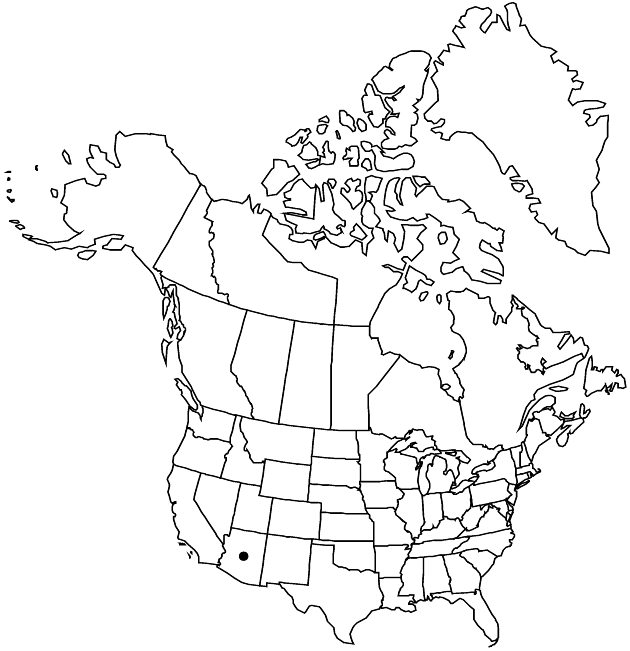Heterotheca rutteri
Field & Lab. 19: 71. 1951.
Perennials, 30–55 cm; taprooted. Stems 1–10+, ascending to erect (sometimes reddish-brown), moderately to densely strigose, sparsely to mederately long-hirsute, sometimes proximally glabrescent with age, eglandular or sparsely stipitate-glandular beneath hairs. Leaves: proximal cauline subpetiolate to sessile, blades oblanceolate, 125–250 × 4–9 mm, bases attenuate to rounded, margins flat or weakly undulate, entire, strigoso-ciliate, a few longer hispid cilia near bases, apices acute, faces densely long-strigose (silvery white); distal sessile, blades narrowly ovate to lanceolate, 17–25 × 4.5–8.5 mm, reduced distally, bases narrowly to broadly cuneate, margins entire, large spreading hispido-strigose cilia numerous, apices sharply acute, mucronate-spinulose, faces densely long-strigose, sparsely stipitate-glandular. Heads 4–10, in open corymbiform arrays. Peduncles 10–60+ mm, strigoso-canescent, stipitate-glandular; bracts 6–10, proximal lanceolate, leafy, strigose, becoming linear, less hairy, and more glandular near heads, 1–4+ larger, lanceolate to narrowly ovate, leafy bracts (10–15 × 1.8–4.5 mm; bases sometimes attenuate to winged subpetiolate) subtending heads. Involucres cylindric to campanulate, 8.5–10.5 mm. Phyllaries in 4–5 series, lanceolate to triangular-lanceolate, unequal, scarious, moderately to densely strigose, sparsely glandular. Ray-florets 15–35; laminae 12–16 × 1–2 mm. Disc-florets 23–65; corollas barely ampliate, 6.5–8.3 mm, lobes 0.6–0.8 mm, lobes glabrous or sparsely hairy (0.1–0.5 mm). Cypselae monomorphic, obconic, compressed, 3–4 mm, ribs 7–10, sparsely moderately densely strigose; pappi off-white, outer of linear scales 0.5–1 mm, inner of 35–45 attenuate bristles 7–9 mm, longest attenuate. 2n = 18.
Phenology: Flowering (Aug–)Sep(–Oct).
Habitat: Grasslands with mesquite, grassy understory in oak woodlands, grassy flood plains, sandy, loamy soils
Elevation: 1000–1500 m
Distribution

Ariz., Mexico (Sonora)
Discussion
Of conservation concern.
Heterotheca rutteri grows in the vicinity of the Huachuca and Santa Rita mountains of southern Arizona and adjacent Sonora, Mexico. It is distinguished by its light green to silvery white, densely hairy, narrowly ovate to lanceolate leaves, sharply acute distal leaves, and large leaflike bracts with similar (or more glandular) indument subtending the showy heads. The species is included on the BLM Sensitive Species List for Arizona.
Selected References
None.
Lower Taxa
"[" is not declared as a valid unit of measurement for this property."]" is not declared as a valid unit of measurement for this property.